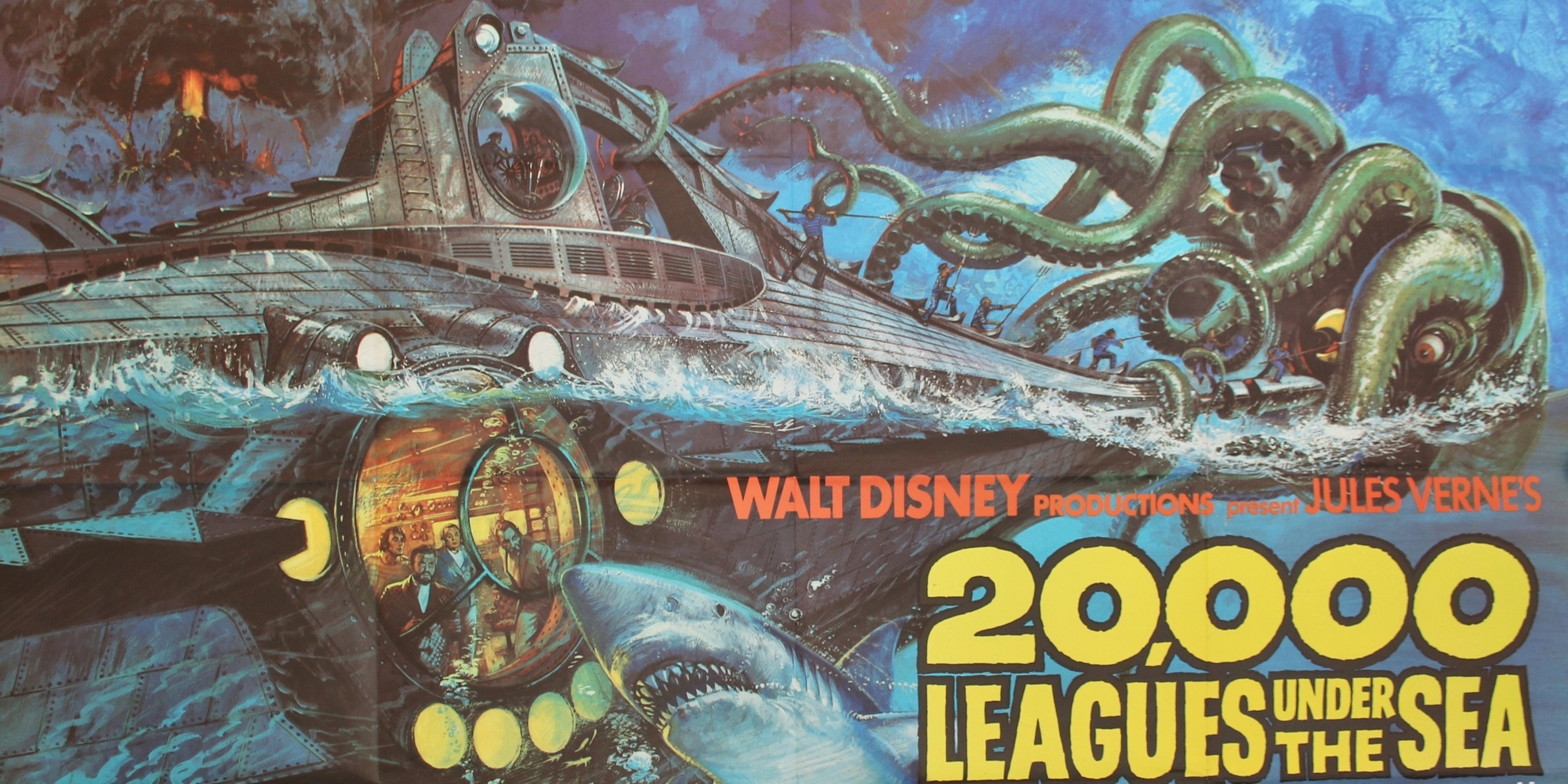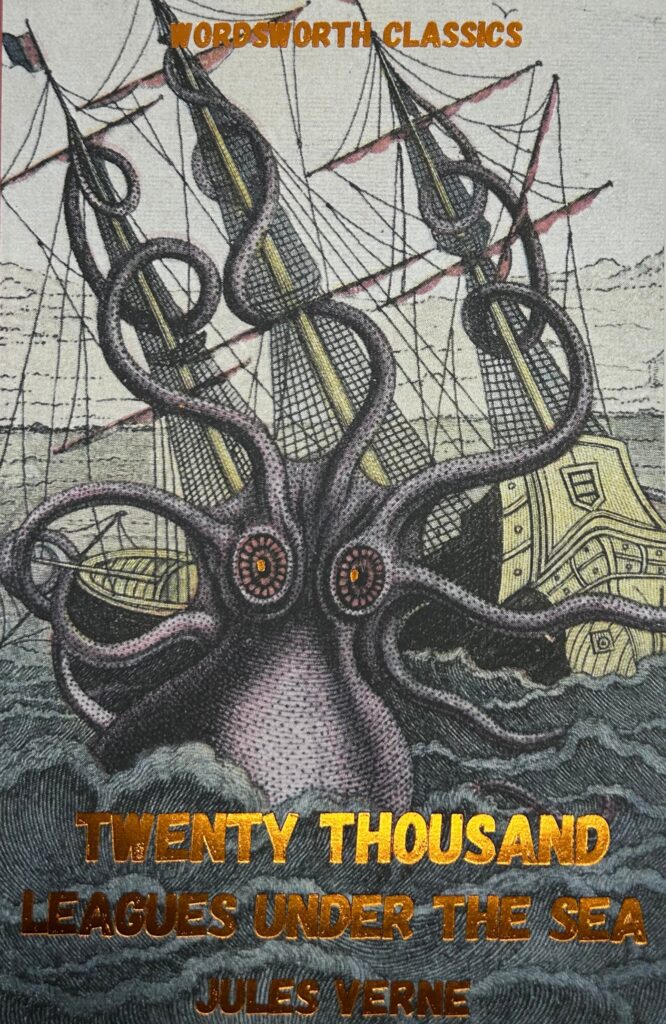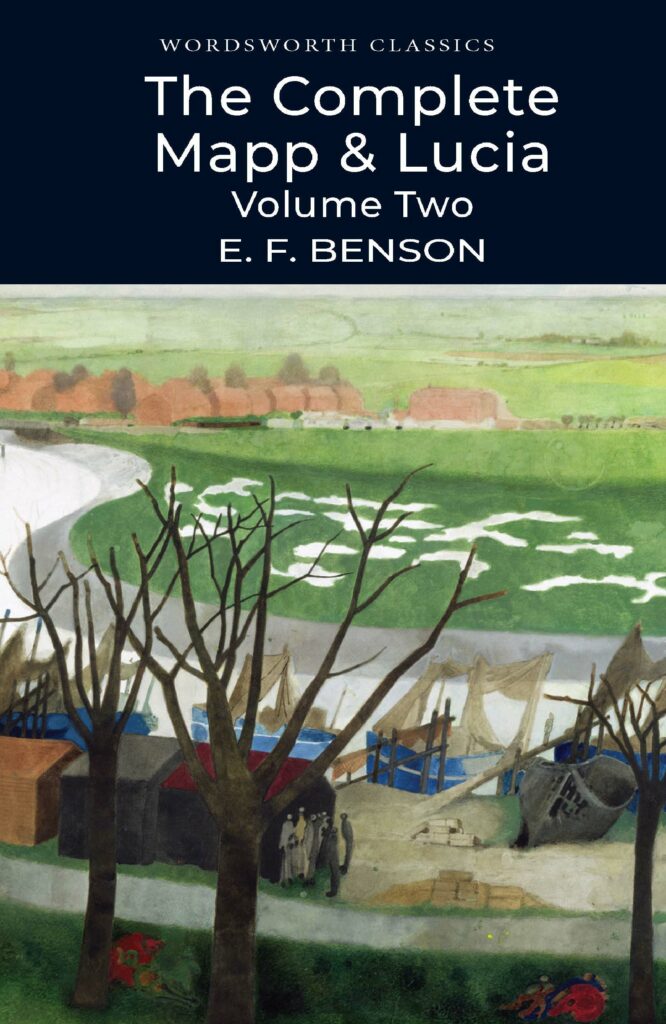
Great Expositions
So let me get this straight…
Guest blogger NUTS4R2 looks at the essential role of the companion in literature.
With the recent thunderstorms piercing sleep’s dark veil in the night, otherwise known as my double glazing, I found myself returning to the questions posed by the recent article I wrote for Wordsworth Editions (Will the real protagonist please stand up) about the categorisation of literary heroes and wondering, perhaps, if I could work out what the most common variants of their companions have been over the years. Perhaps not as easy a task as focusing on the main culprits and their noble adventures but since slumber has not been returning so easily through the ‘nights of thunder’, as I shall tentatively remember this period, I thought I’d press on and at least attempt to relieve some of the burdens for these heroic archetypes by formulating the sub-types of their fictional significant others. So after a good long think, supplemented by notably frequent cups of tea as the rain hit my windows, I have come to the conclusion that there are, indeed, certain archetypes of companionable assistants throughout literature and, furthermore, although they can be grouped into, for my purposes here, six categories, they nearly all share at least one similarity. As it is though, I only want to explore five of them in this particular essay since, as far as I’m concerned, one of my identified types crosses over more into another category of character altogether… and so I shall hold back on that one for now and merely identify it. These are my six categories and, as I said, I shall be looking at five in this list a little closer. We have 1) The Loyal Assistant, 2) The Disloyal Assistant, 3) The Lover, 4) The Unexpected Helper, 5) The Invisible Ally and, a sixth mystery one which I shall save until the end here before naming. Let’s look at the most common of these companions first, then…
1. The Loyal Assistant
Pretty much the most common and also self-explanatory of the companions that you can find in literature. They are there to assist, fetch the tea, help do the tedious legwork and otherwise make themselves useful. After all, where would Conan Doyle’s Holmes be without his Watson or E. F. Benson’s Lucia be without her Georgie? These are people who have usually (at least after a number of stories) known the central protagonist of a tale for quite some time and are entirely proficient with the methodology conducted by them in the course of their adventures. Sometimes they will even be called upon to save the main character from an untimely demise or, at least, in Benson’s Lucia novels, a fate worse than death itself… the embarrassment of being ‘found out’ by your social circle. Isn’t it, after all, Georgie who saves the day at one point when he procures a copy of a genuine Italian letter for Lucia to replicate in her own handwriting so she doesn’t have to give away that she, after all these years, has only pretended she can speak the language? Of course, characters like Doctor Watson are at least as equally handy, ready to save Holme’s life, or at least livelihood, with his trusty revolver as much as, say, one or more of D’Artagnan’s companions in the Musketeer books by Dumas would be as helpful for their friend with the cutting edge of their collectively keen blades. However, they all share two traits; one is common to pretty much all of my identified ‘companion types’ and a second is shared by many, though not all. The first is the necessity of the much feared and dreaded, by many writers and also actors, need for exposition. These characters are a conduit for the reader to allow the hero to explain all or part of his or her cunning plan to their friend so that the reader can know just what is going on. And you get this in all kinds of fiction and this is why these secondary characters partly exist… so the writer can explain to the audience everything they need to know about a situation… or there wouldn’t be a story to be told. If this means said companions are a little slower on the uptake than the heroes of whatever colourful tale is being told then so be it. Some Hollywood directors, for example, have made these characters even more stupid, when called for, to make the introduction of expository dialogue into the text easier. So, for instance, my absolute favourite rendition of Doctor Watson on screen would be that of Nigel Bruce opposite Basil Rathbone’s wonderful version of Sherlock Holmes. Bruce played him incredibly densely and the comedy and ease of allowing Holmes to explain the situation to Watson for those slower in the audience made it all that much easier. He’s not exactly the most accurate portrayal of the character as he’s rendered in Arthur Conan Doyle’s literature, that’s for sure and, a far cry from Martin Freeman’s portrayal of the character in the TV series Sherlock (which is probably my second favourite take on the character) but, for my money, Bruce is hard to beat and he is a better companion to keep the pacing going, as far as I’m concerned. Of course, the other common quality that these ‘good companions’ need… and this applies to almost but not quite all of them… is the ability to get themselves in trouble if the story needs some extra padding out. If your writer finds himself (or indeed, herself) covering ground far too hastily, then these companions can be kidnapped or trapped or in some other fashion put in harm’s way so that the hero can dynamically rescue them in lively denouements limited only by the scribe’s imagination. Such is always the way and, as old as this unenvious quality is in literature it’s still, just like the necessity of exposition, alive and kicking in pretty much all writing today.
2. The Disloyal Assistant
This one is a trickier fish and, strictly speaking, is usually only a companion for a certain part of a book or film. The disloyal assistant is the one I’m really not wanting to comment on here as I think the overlap with the all-important ‘villain’ of a piece moves them much more firmly into the antagonist camp than anywhere else and that is a subject for another time. I mention them here merely because they exist and, despite their betrayal and misdeeds at a certain dramatic point in a narrative, could be perhaps counted among the main protagonist’s companions for a short time, at least. Let’s say no more about this nefarious creature… we shall leave this disloyalty for another time.
3. The Lover.
Again, certainly an explanatory handle in that she, or sometimes he, is the lover of the hero (or sometimes of another companion) and as such fulfil a companion’s role in certain ways although, it has to be said if the loyal companion is primarily associated with exposition with a side dose of peril, the Lois Lanes of this world seem much more prone to getting in trouble so their own personal supermen can rescue them and with the explanations of the mechanics of the story taking a back seat for them (although that element is still present to a degree). So, for example, if the formula for a Loyal Assistant took the form of LA = E/P where E is Exposition and P is Peril, then the formula for The Lover would be LOVE = P/E. Almost the inverse of this but they are still, in their peril, very useful. There are, of course, other ways in which the lovers can be used as a way of moving the action along by an author. For example, when they are the lover of another companion, an unseen character such as Gladys Hungerton in Arthur Conan Doyle’s The Lost World becomes the sole reason why Professor Challenger’s new right arm Edward Malone goes on his dangerous adventure with the Professor… to impress Gladys and win her heart and hand in marriage. The fact that Gladys marries a humble, legal clerk in Malone’s absence as a punchline to the novel, while he is off trying hard not to get eaten by dinosaurs, is neither here nor there. She has served her purpose in the text and motivated one of the central characters in the adventure. And, of course, The Lover can very easily be used as leverage against the hero by a villainous machination during the course of a thrilling adventure. Look at the way Marjorie Lindon is used in Richard Marsh’s excellent tale The Beetle (which is a contemporary publication of Bram Stoker’s Dracula and which, I believe, outsold it in the earliest days of their joint publication history). She is a bargaining chip, in so many words, to reward complicity by another character to further the nefarious ends of the rapscallion in question. So lovers can be much more, in terms of the story, than a mere romantic outlet for the heroes and heroines of these wonderful tales. A whole world of perilous dalliances is open to them.
4. The Unexpected Helper.
I’ll keep this one short. This companion type is, in some ways, almost identical to The Loyal Assistant but with an added advantage for the writer who wants to get his story told as easily as possible. These characters find themselves on an adventure with the main protagonist for the first time, just like Edward Malone who I mentioned earlier. They are a stranger to the hero of the tale and, just like all the other companions, are subject to both expository dialogue and sudden peril. However, because of their inexperience in the kinds of plots in which they will have to survive, the hero can much more easily explain great swathes of story points to them under the guise of their ignorance. So their formula might look like UH = 2E/P. Therefore, the unexpected helper doesn’t have to be as stupid as his loyal attendants… just staggeringly out of their depth. Sometimes a good twenty thousand leagues out of their depth when it comes to their mastery of certain scientific knowledge compared to the main protagonist or hero of the situation. This brings me to my favourite but far less common type of companion…
5. The Invisible Ally
The Invisible Ally is a term I’ve come up with for a companion which does just what it says on the tin (and in the case of one such character, that tin has the name Nautilus). This is a character who will help out the hero but the hero will have no idea who is giving him the aid he requires. Sometimes the character will be hiding in plain sight or, sometimes, the character is a completely unknown element and, either way, will not be revealed until a twist or revelation much later in the story causes him to come forward and show himself (or he is finally discovered). Such is the case of my favourite example of The Invisible Ally, Captain Nemo himself. Once the villain of the piece in Jules Verne’s Twenty Thousand Leagues Under The Sea, he turns up as more of a heroic type in my favourite of Verne’s novels, Mysterious Island. All the way through, the castaways on the island are being helped by a mysterious and unseen presence who acts as a deus ex machina kind of character to them… rescuing their dog Top from certain death, for example, or leaving a box of provisions and a weapon in a box for them. Over time, the companions discover the identity of their mysterious benefactor none other than the famous Captain Nemo, who helps them escape from the island and who reveals to them the true identity of his more famous avatar. Sometimes, of course, the invisible ally is someone well known to the hero of a tale but said protagonist is blindly unaware that the help is being given from a certain person. As I say, these kinds of characters are rarer than the other archetypes but a more modern equivalent would be Professor Albus Dumbledore in J. K. Rowling’s phenomenally successful Harry Potter stories. In the first of these tales, Harry Potter And The Philosopher’s Stone, Harry is anonymously given a cloak of invisibility which is of great help to him in his exploits later in the story. It’s not until the end of the tale, of course, that he finds that the person who equipped him for his adventure was, in fact, the head of the school, Professor Dumbledore. So there you go, The Invisible Ally as a companion to the hero does, I’m glad to say, live on to this day. Which I’m glad about because they always bring a little mystery to the heart of the story as far as I’m concerned… not to mention a huge dollop of explanatory text towards the end of an adventure. So the formula for The Invisible Ally would be IA = Eq/2E… where Eq equals the equipment necessary to do the job at hand. This leads me to the last of the kind of companions that I have been able to unearth from the corners of literature and that is, of course…
6. The Loyal Reader
Yes, that’s right… you. The Loyal Reader. You are the ultimate companion in a hero’s tale and whether you are reading the journal of Doctor Watson’s exploits about his friend Holmes, are sitting in the pub with the friends of William Hope Hodgson’s ghost finder Carnacki, waiting to hear of his latest exploits or are playing Bridge with E. F. Benson’s Mistress Mapp in Tilling, desperately trying to catch out Lucia and play the game of oneupmanship the best you can… The Loyal Reader, while rarely in peril, is the ultimate vessel to contain the huge amounts of great exposition that the struggling writer can cram into their tales. So with that… and before I start to set my mind to identify the various types of villains to be found in literature… I thank you reader for bearing with me and hope that you have, at the very least, found my verbal ponderings on the subject of those all-important companions sufficiently entertaining. Go safe in the knowledge that you… and every other reader forevermore… can be safely summed up with the formula… LR = E x FM… where FM is, in exposition terms, the Full Monty.
To read my regular blog – nuts4r2.blogspot.co.uk
Books associated with this article

20,000 Leagues Under the Sea
Jules Verne

The Complete Mapp and Lucia Volume One
E. F. Benson

The Complete Mapp and Lucia Volume Two
E. F. Benson
